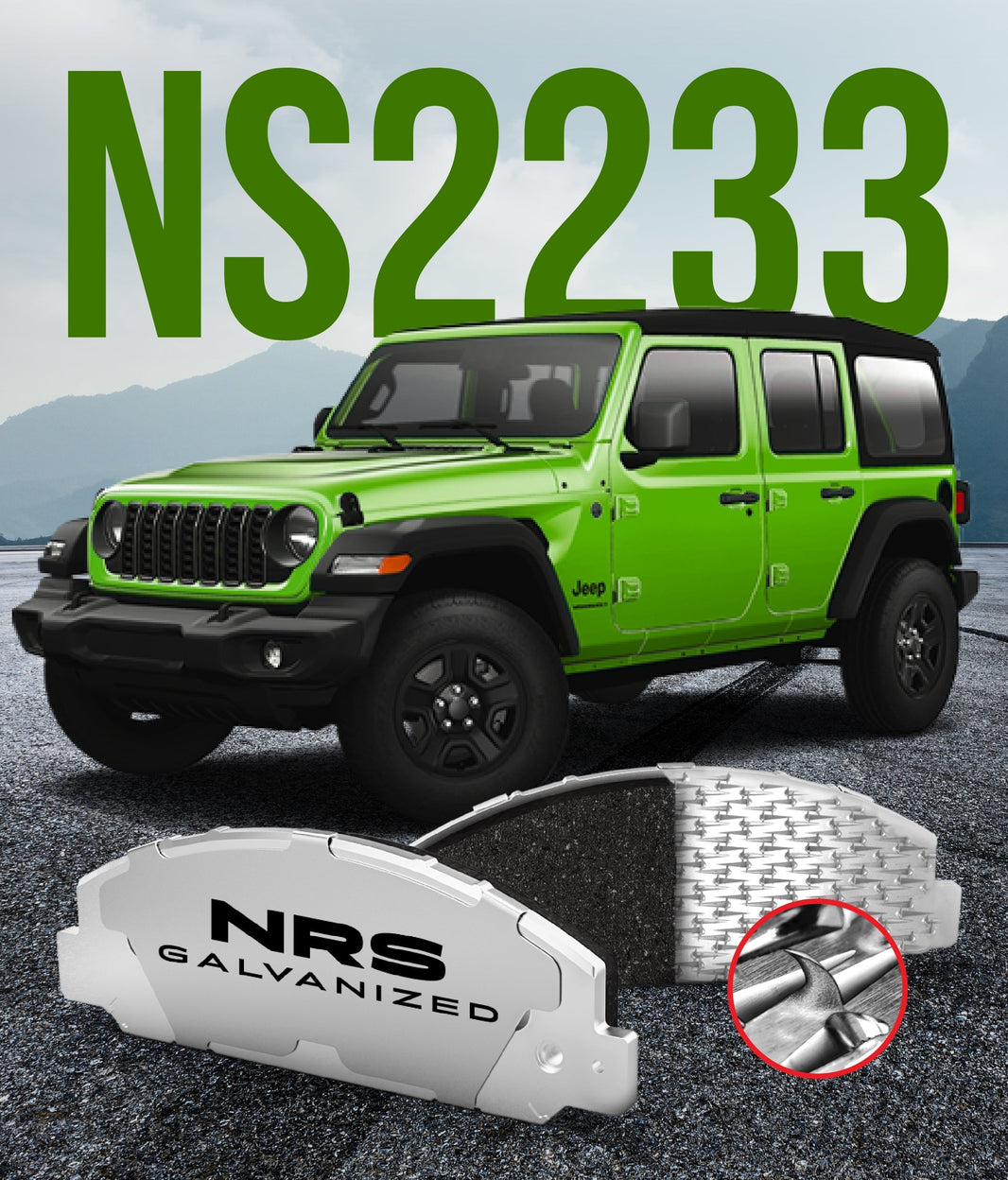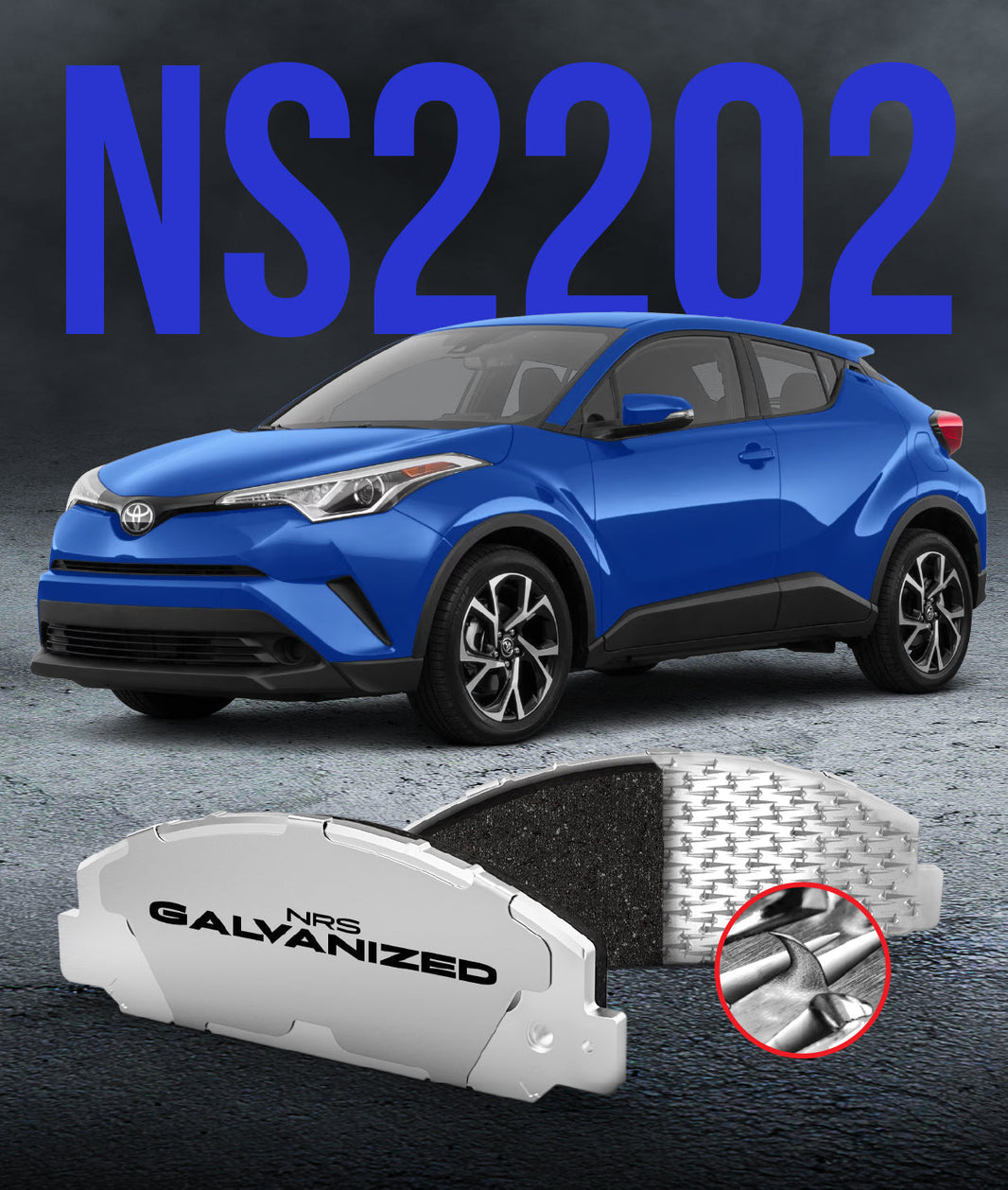 Your brakes are your car's most critical safety system. They are more important than airbags or even your seatbelts. You use them far more than any component of your daily driver. Regular brakes check procedures are not just a recommendation; they're essential for your safety and the safety of others on the road. Ignoring your brakes until something goes seriously wrong is a gamble you shouldn't take.
Your brakes are your car's most critical safety system. They are more important than airbags or even your seatbelts. You use them far more than any component of your daily driver. Regular brakes check procedures are not just a recommendation; they're essential for your safety and the safety of others on the road. Ignoring your brakes until something goes seriously wrong is a gamble you shouldn't take.
This article will guide you through the warning signs that indicate your brakes need attention. We will explain what a thorough brake check involves, and discuss the pros and cons of DIY versus professional inspections. Finally, helping you understand the results and cost considerations. Are you ready to take control of your brake health?
The Importance of Proactive Brake Care: Don't Wait for Failure
Many drivers only think about their brakes when they experience a problem. This reactive approach is dangerous. Brakes, like any mechanical system, wear down gradually over time. Waiting until you hear a terrifying noise or feel a significant change in braking performance means you've likely waited too long, and damage may already be done.
Regular brake checks allow you to catch potential issues early. Before they escalate into major problems. This proactive approach not only enhances safety but can also save you money in the long run by preventing more extensive and costly repairs. It's like getting regular dental checkups – catching those small cavities before they turn into root canals.
Warning Signs: Your Brakes Are Talking to You
Your car is surprisingly good at communicating when something isn't right. You just need to know how to listen. When it comes to your brakes, there are several key warning signs that you should never ignore:
-
Squealing or Squeaking Noises: This high pitched sound is often the first indication of worn brake pads. Most pads have built in wear indicators – small metal tabs that contact the rotor when the pad material is thin, creating this noise.
-
Grinding Noises: A grinding sound is a much more serious sign. It usually indicates that your brake pads have worn down completely, and the metal backing plate is now grinding against the rotor. This causes significant damage and requires immediate attention.
-
Vibrations or Pulsations: A vibrating or pulsating brake pedal, especially at higher speeds, often indicates warped brake rotors.
-
Pulling to One Side: If your car pulls to one side when you brake, it could indicate a problem with a caliper, brake hose, or uneven pad wear.
-
Soft or Spongy Brake Pedal: A brake pedal that feels soft, spongy, or goes to the floor easily could indicate air in the brake lines, a brake fluid leak, or a problem with the master cylinder.
-
Warning Light: The brake warning light on your dashboard can illuminate for several reasons, including low brake fluid, a problem with the ABS system, or an issue with the parking brake.
-
Burning Smell: If you are driving and you have a burning smell this could be a clear i ndicator of an issue with your brakes.
Any of these warning signs should prompt an immediate brake check. Don't try to "tough it out" or hope the problem will go away on its own – it won't. It's like ignoring a chest pain; it's not worth the risk.
What a Thorough Brake Check Involves: Beyond Just Looking
A comprehensive brakes check is more than just a quick glance at your brake pads. It involves a thorough inspection of all key components of the braking system. A professional check will include:
-
Visual Inspection: Checking for visible signs of wear, damage, or leaks on all brake components, including pads, rotors, calipers, hoses, and lines.
-
Pad/Shoe Measurement: Measuring the thickness of the brake pads (or shoes in drum brakes) to determine how much life is remaining. There are minimum thickness specifications that must be met for safe operation.
-
Rotor/Drum Inspection: Checking the rotors (or drums) for wear, warping, scoring, or other damage. Rotors may need to be resurfaced (machined smooth) or replaced if they are damaged or below the minimum thickness.
-
Caliper/Wheel Cylinder Inspection: Checking for leaks, sticking pistons, or other signs of malfunction.
-
Brake Fluid Level and Condition Check: Ensuring the brake fluid is at the proper level and checking for signs of contamination or degradation.
-
Brake Line Inspection: Checking for leaks, cracks, corrosion, or other damage to the brake lines.
-
Parking Brake Check: Verifying that the parking brake is functioning correctly.
-
Test Drive: Testing the brakes while in operation.
This thorough inspection ensures that all aspects of the braking system are in good working order. It's like a complete physical exam for your brakes.
DIY vs. Professional Inspection: Weighing Your Options
If you're mechanically inclined and have experience working on cars, you might be tempted to perform your own brake checks. While a basic visual inspection is something most car owners can do, a comprehensive brake check requires specialized tools and knowledge.
DIY Brake Check (Basic Visual Inspection):
-
Pros: Saves money on labor costs, can be done at your convenience.
-
Cons: Requires some mechanical knowledge and tools, may miss less obvious problems, can be dangerous if done incorrectly.
Professional Brake Check:
-
Pros: Performed by trained technicians with specialized tools and expertise, more thorough and accurate, provides peace of mind.
-
Cons: Involves labor costs.
If you're unsure about any aspect of brake inspection or repair, it's always best to err on the side of caution and take your vehicle to a qualified mechanic or installer. Your brakes are too important to risk making a mistake. It's like performing surgery on yourself – best left to the professionals.
Understanding the Results: What Your Mechanic / installer Tells You
After a brake check, your mechanic should provide you with a clear explanation of their findings. This might sound like a foreign language.
-
Pad/Shoe Thickness: They'll tell you how much friction material is remaining on your pads or shoes, often using measurements in millimeters or fractions of an inch.
-
Rotor/Drum Condition: They'll indicate whether your rotors or drums are in good condition, need resurfacing, or require replacement.
-
Other Issues: They'll point out any other problems they found, such as leaks, damaged components, or worn hardware.
Don't be afraid to ask questions if you don't understand something. A good mechanic will be happy to explain their findings in plain language and discuss your options. It's like getting a diagnosis from a doctor – you need to understand the problem and the recommended treatment.
Cost Considerations: Balancing Safety and Budget
The cost of a check itself is usually low. However, repairs can vary.
-
Brake Pad Replacement: The most common repair.
-
Rotor Replacement: Adds to the cost.
-
Caliper Replacement: More expensive than pads or rotors.
-
Other Repairs: Replacing lines or hoses can add to the expense.
While cost is a factor, prioritize safety. Don't choose the absolute cheapest parts or postpone repairs. Choosing high-quality components, like NRS Brakes, can save money long-term.
The NRS Brakes Advantage: Galvanized Steel and Mechanical Attachment
NRS Brakes offer a significant advantage: galvanized steel construction and a patented mechanical attachment system. This is where we truly stand apart. As our website states, we offer "The Next Generation Brake Pad. and the longest lasting brake pad in the WORLD"
-
Galvanized Steel: Unlike traditional painted or uncoated backing plates, NRS Brakes uses galvanized steel. This provides exceptional rust resistance. Rust is a major enemy of brake pads, weakening the bond between the friction material and the backing plate, and leading to premature failure. Galvanization prevents this.
-
NRS Mechanical Attachment (The Hooks in the pad): This is not just glue. NRS Brakes uses a patented system where hooks are integrally formed into the steel backing plate itself. The friction material is then molded around these hooks, creating a mechanical interlock and the strongest bond between the pad and the backing plate in the industry. This bond is far stronger than adhesives alone, and it cannot delaminate due to rust, because the backing plate is galvanized. This is a key differentiator, and it's what makes NRS Brakes so durable. This system is referred to as NRS or Nucap Retention System.
This combination of galvanized steel and the NRS Hook system means that NRS brake pads are incredibly resistant to the two most common causes of pad failure: rust and delamination. They're built to last, even in harsh Canadian climates.
We at NRS Brakes believe that safety shouldn't come at a premium. Our galvanized brake pads, with their patented mechanical attachment system, offer exceptional durability, performance, and rust resistance at a competitive price. They are designed to be the Best Brake Pads. We offer superior value and peace of mind. Regular brakes check procedures are essential – don't take chances with your brakes. Choose NRS, and experience the difference that galvanized steel and true mechanical attachment make.




